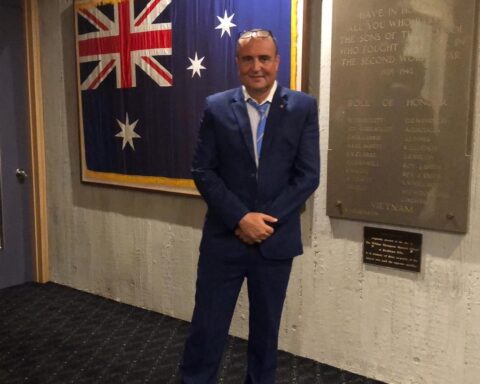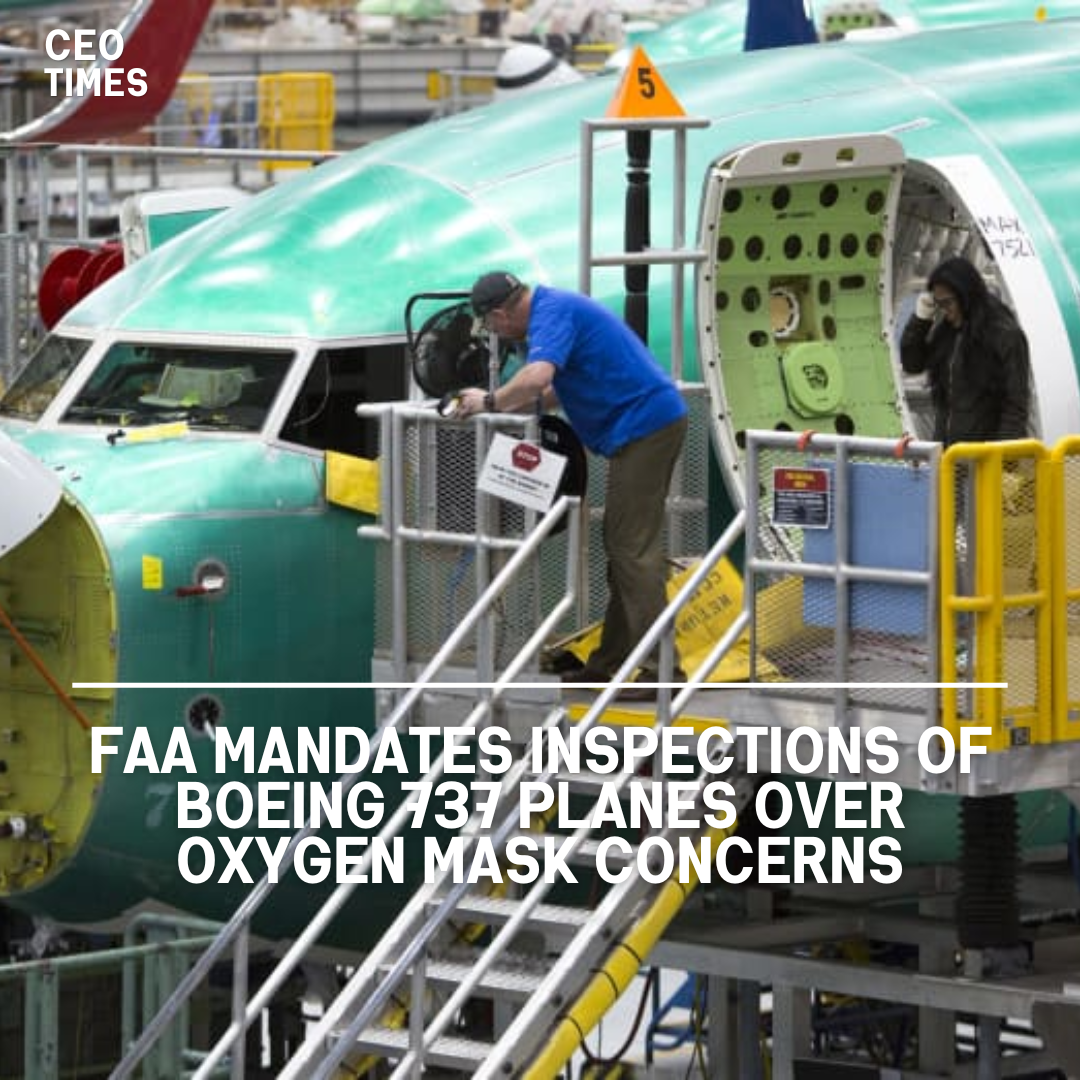The Federal Aviation Administration (FAA) has mandated inspections for 2,600 Boeing 737 airplanes, specifically the 737 MAX and Next Generation models.
This requirement follows reports that passenger oxygen masks may fail to operate during emergencies due to issues with retention straps on the oxygen generators.
Reason for Inspections:
The FAA’s decision follows multiple reports that passenger service unit oxygen generators had shifted out of position.
This misalignment could prevent the generators from supplying supplemental oxygen during a cabin depressurization event, posing significant safety risks to passengers.
Boeing Response:
Boeing acknowledged the issue, having already issued a bulletin on June 17 advising airlines to conduct visual inspections.
The company identified that a new adhesive used on the straps since August 2019 might allow the units to shift up to three-quarters of an inch under certain conditions.
In response, Boeing has reverted to the original adhesive for all new deliveries to ensure the generators remain securely in place.
Inspection Details:
The FAA’s directive is effective immediately and outlines the following requirements:
- Airlines must conduct general visual inspections of the oxygen generators.
- Airlines must replace any defective oxygen generators with new or serviceable units, replace strap thermal pads, and reposition any impacted oxygen generators if necessary.
- The inspections and corrective actions must be completed within 120 to 150 days, depending on the specific model of the 737.
- Airlines are also prohibited from installing any parts that could potentially be defective.
Scope of the Problem:
On average, a Boeing 737 has 61 oxygen generators, each secured by two straps. Boeing’s inspections of the in-service fleet and undelivered airplanes have not identified any oxygen generators that have failed to operate correctly. Nonetheless, the FAA’s preventive measures aim to eliminate any risk to passenger safety.




















